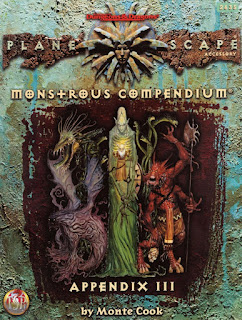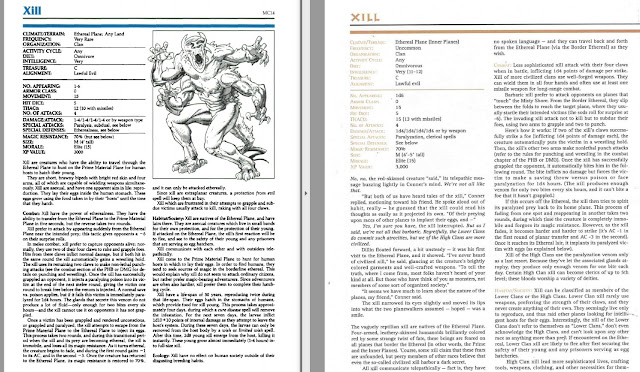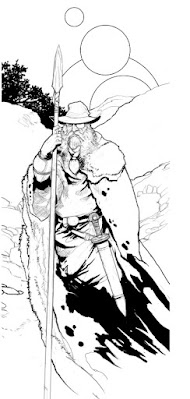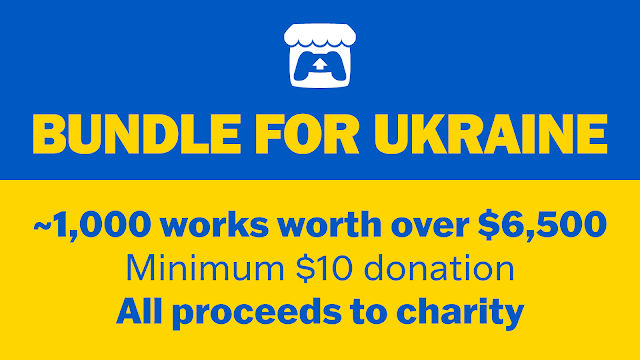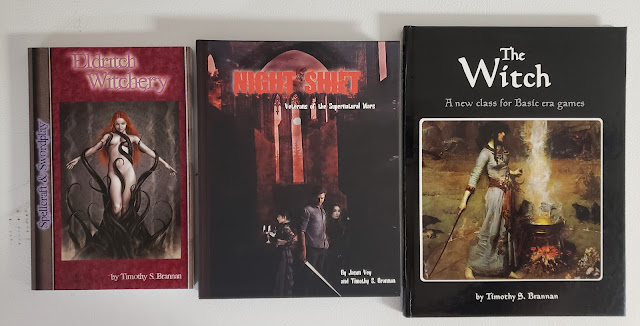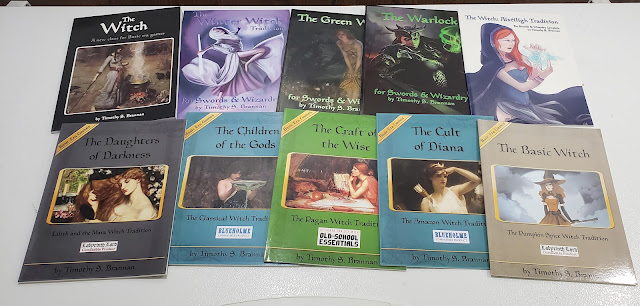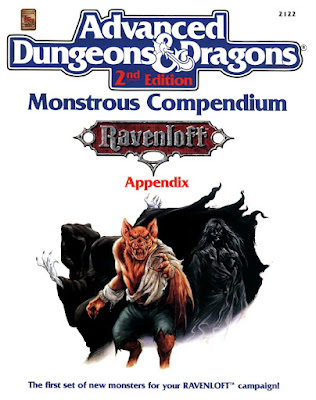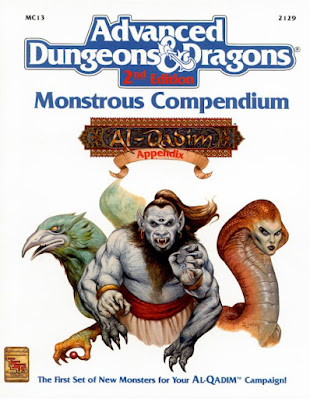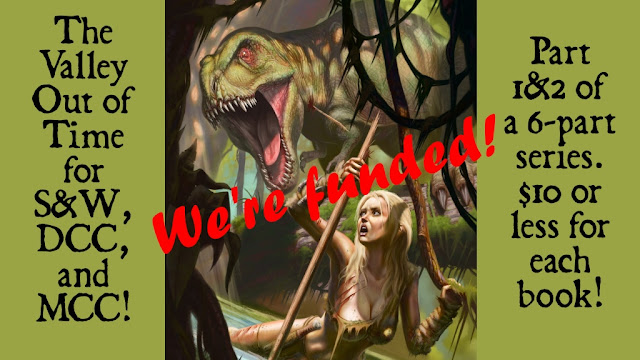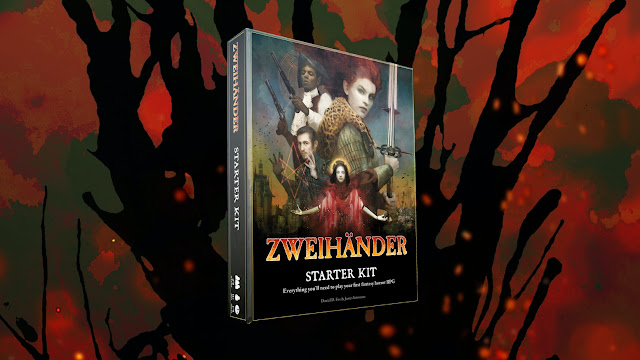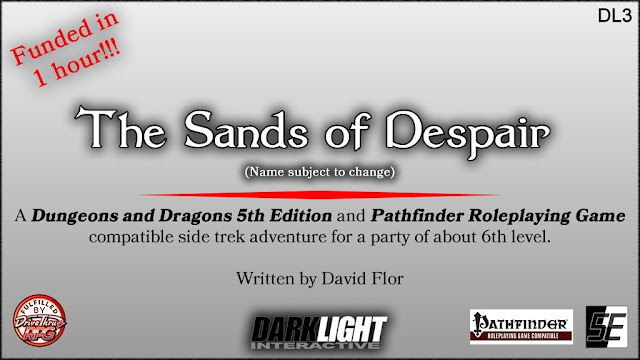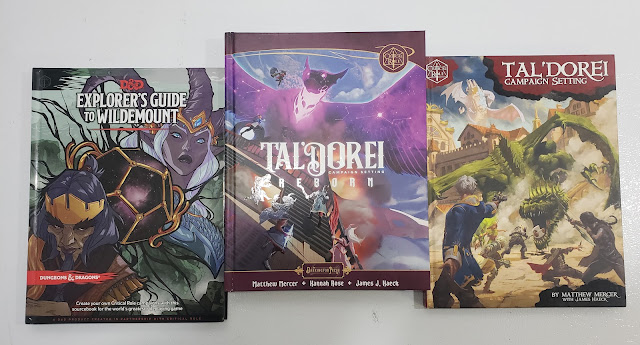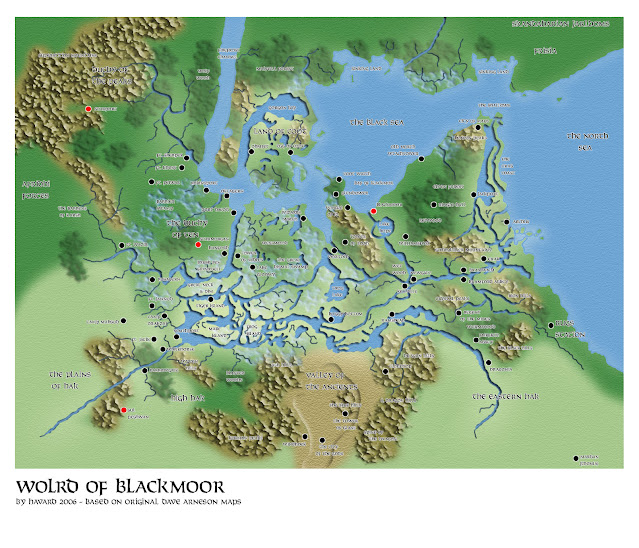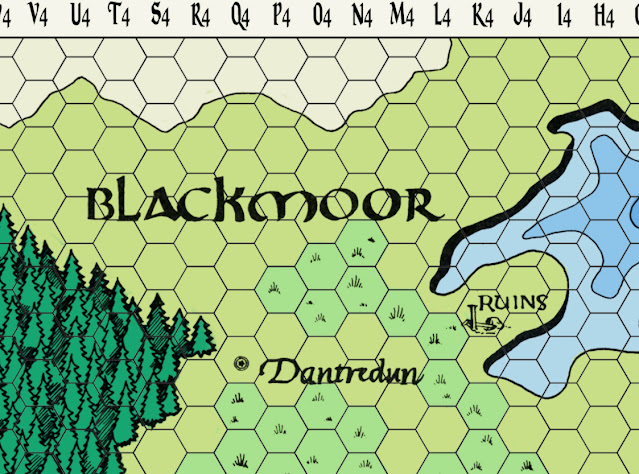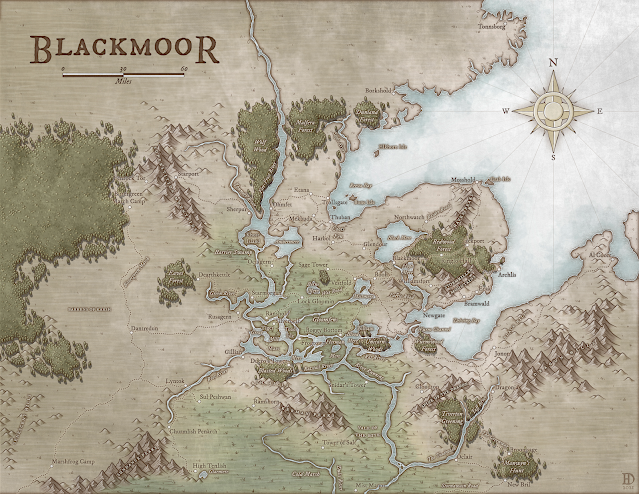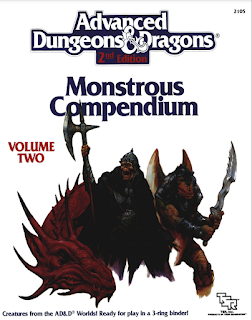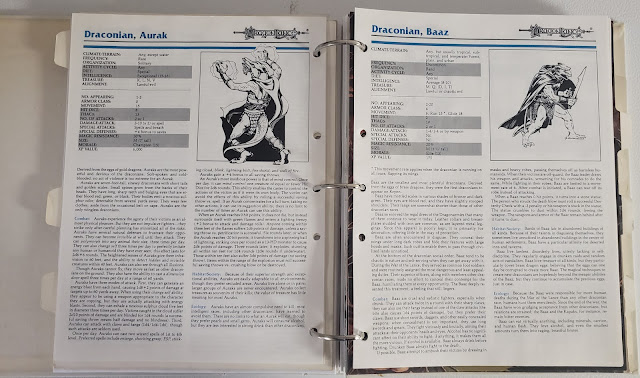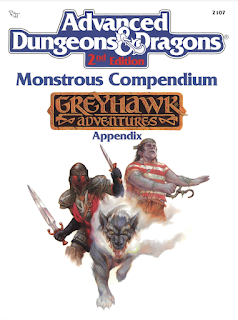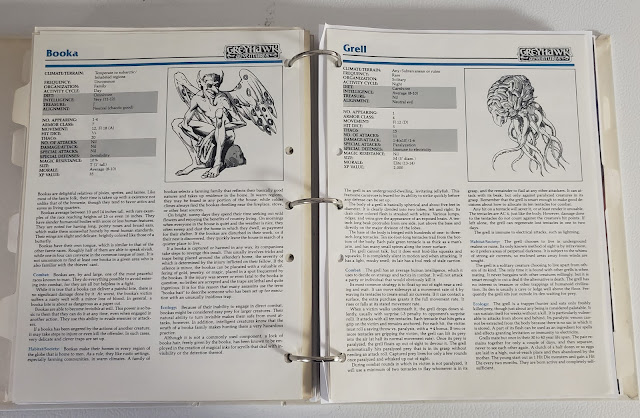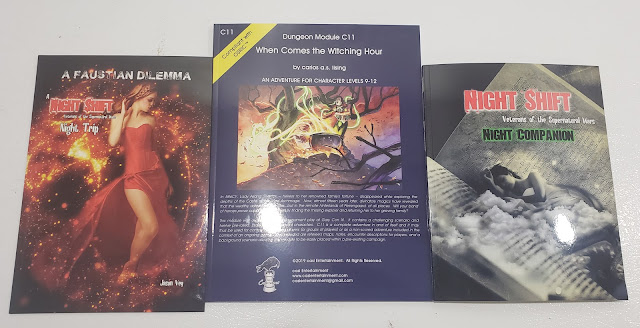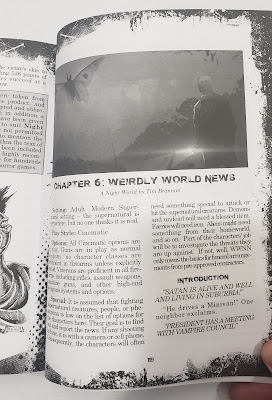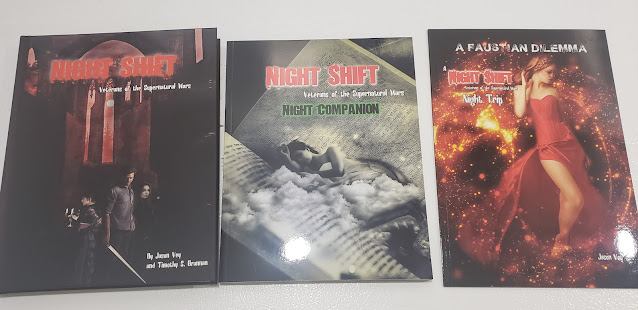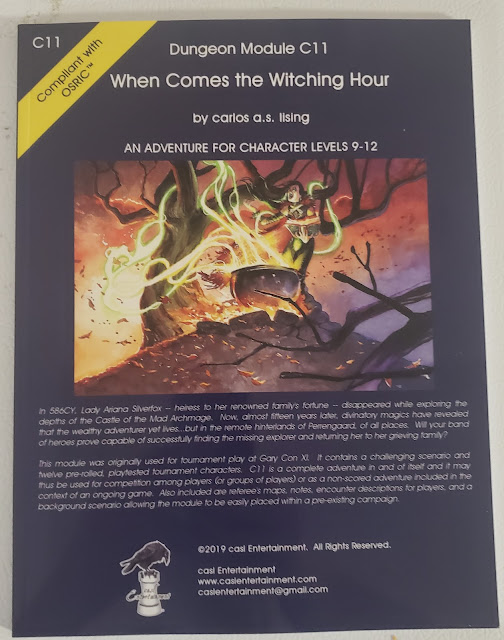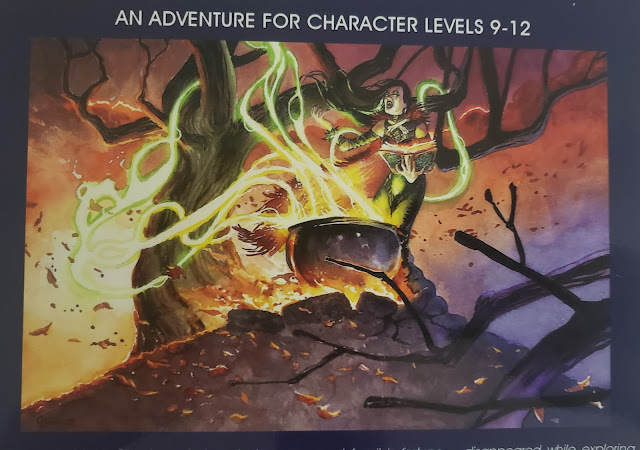Review: Castles & Crusades Codex Germania
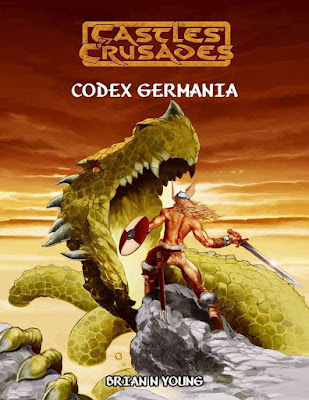 Today I am going further south and a little more back in time. Related to the Nordic myths and tales are the older Germanic ones. Given the connections between the two, I am going to have to point out the differences and commonalities.
Today I am going further south and a little more back in time. Related to the Nordic myths and tales are the older Germanic ones. Given the connections between the two, I am going to have to point out the differences and commonalities. Castles & Crusades Codex Germania
For this book, I am reviewing the PDF and hardcover edition of this book. This book has 110 pages, so slightly smaller than the other codices. Like a lot of Castles & Crusades books, the art here is from Peter Bradley. Once again Brian Young is our author and designer. Young also spends some time comparing the Germanic and Nordic myths and tales.
These myths come from central Europe and begin as early as the 1st century BCE right on up to the time of the Vikings.
Chapter 1: In Ancient Tales
Like the previous books, this chapter covers the history of the Germanic peoples as well as a brief bit on their legends and stories. Like the Nordic (or to the point the Nordic myths are like these) we get an origin story about Giants and three Gods. Young takes pains to differentiate these myths from the Norse and talks about the shortcomings of the source material. Here we see the first comparisons between Woden and Odin.
Chapter 2: Of Germania & Beyond
This chapter covers the Germanic lands. Now to assume there is only one Germany is a huge mistake and one that Young deftly avoids. There are lots of lands here and lots of peoples dating back to the height of the Roman Empire to it's fall. It is helpful to consult the map or hit up various maps online.

Chapter 3: Magical Beings & Monsters Dwelled
Once again we have a chapter on monsters and it is a real collection of gems. Here are 40+ monsters. All are a little bit familiar to any D&D players, but these harken back to their "original" forms so great for players that have "seen everything."
The monsters are of course enough on their own, but there is a nice section here on the complexities of the Germanic dragons. Essentially if you ever have read about the dragon Fafnir, then you have an idea of what this is about. Honestly, this is something that all dragons should have or at least the really interesting ones. Speaking of the interesting dragons, there are also tables to determine what a unique dragon's name would be.
 Chapter 4: In Wizardry & Enchantments
Chapter 4: In Wizardry & EnchantmentsHere we get some new magic-using classes. There is the Halirúna, or the Dark Witch (Intelligence-based) which I absolutely love, the Erilaz, or the Rune Master (Wisdom-based) which also has runic magic (like the Nordic book), and the Gudja. or People of the Gods, the clerics for this setting.
Magic is not a "supernatural" force here, but rather a natural one; THE natural one to be honest. This chapter uses magic as a means of connecting the people to the gods. Which are coming up next.
Chapter 5: To Serve the Gods
This chapter covers the gods and discusses the overlap between these cultures and the Nordic. Young points out that due to the Roman Empire the gods and myths of the Germanic pagans are a bit better documented than that of the neighboring Celts. Among these gods it is likely that Woden (Odin) and Þūnor (Thor). Again there are no stats for gods here (as it should be).
The chapter also details Germanic pagan beliefs and practices.
Chapter 6: Skilled in Battlecraft
Warriors are still one of the highest castes in the life of the Germanic peoples. This chapter gives us information on arms and armor used. How retainers were used and honored, and other topics on warcraft, including special unique weapons.
The new class, the Drachentöten (lit. "Dragon Killer") is a Dexterity-based class.
Chapter 7: Castle Keeper Info
Like the other codices, this covers running a Castles & Crusades game with this worldview. The importance of the king and lawgivers are established and explained.
The common folk are not forgotten and details like the importance of names (and many tables of names) are detailed.
Chapter 8: Sample Adventure Module
The sample adventure, "The Monster of the Fens," is given. It reminds me, naturally enough, of Beowulf. The adventure takes place in East Anglia so Young states that it can be integrated with the Codex Celtarum. The adventure is for 2 to 4 characters of 3rd to 4th level.
It is a fun little adventure and reminds GM/Castle Keepers that even a "simple" monster like a Troll would be a menace to the folks of pagan Germanic lands. Indeed, much like Beowulf shows.
The temptation is great to compare this to the Codex Nordica and also to find it lacking. This temptation must be avoided! The Codex Germanica is its own thing. While the myths and stories will feel familiar to the more popular Norse myths, they are their own, situated within their own time and place. These myths feel older and darker in many respects. In many ways, I like these myths and tales a little more than those of the Norse.
Again, this book is light on actual rules details, save for the classes, so it is an excellent resource for any RPG. Converting it over to AD&D, D&D 5, or your favorite OSR-Clone would be trivial at worst. Of course it is designed for Castles & Crusades which is fantastic in it's own right.




